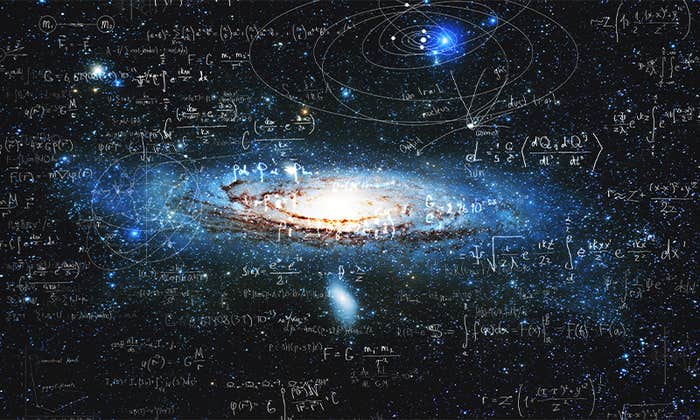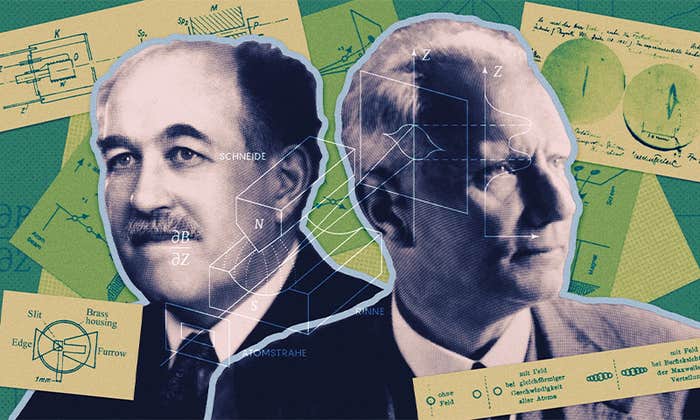
You might know the anecdote. In April 1900, Lord Kelvin, one of the most prominent physicists of the 19th century, stands in the speaker’s well of the Royal Society in London. Surveying the state of scientific knowledge at the dawn of a new century, he declares the sky to be clear as far as the eye can see, with the exception of two pesky “clouds.” “Cloud No. 1” is physicists’ inability to detect the aether, the lake-like medium along which waves of electromagnetism must presumably travel. “Cloud No. 2” is physicists’ inability to keep the predicted energy from a black body, a hypothetical cavity that absorbs all the light that falls on it, from reaching infinity. Suffice to say that to whisk away Cloud No. 1 would eventually require the special theory of relativity, and Cloud No. 2 quantum mechanics.
The story has become the stuff of history-of-science folklore: Extraordinarily influential scientist gets everything precisely backward, and does so in couldn’t-be-more-unprescient fashion. And because Lord Kelvin wasn’t alone in this conviction, the “two clouds” speech has become shorthand for his whole Is-this-the-end-of-science? era. Max Planck later remembered a professor telling him that during this period, “the system as a whole stood there fairly secured, and theoretical physics approached visibly that degree of perfection which, for example, geometry has had already for centuries.” The British scientist William Cecil Dampier recalled his apprenticeship at Cambridge in the 1890s: “It seemed as though the main framework had been put together once for all, and that little remained to be done but to measure physical constants to the increased accuracy represented by another decimal place.” British physicist J. J. Thomson: “All that was left was to alter a decimal or two in some physical constant.” American physicist Albert A. Michelson: “Our future discoveries must be looked for in the sixth place of decimals.”
These sentiments were understandable. For 400 years, science had been widening the horizon of knowledge, blowing away the clouds of ignorance. The purpose of the scientific program was to discover everything we could possibly know, and now, maybe we had. Right?
Relativity and quantum theory supplied the answer: Wrong. Not even close.
What’s more, the scientific method itself changed. Mindful scientists no longer speak of offering “proof”; they offer, instead, a falsifiable prediction. The scientific program today doesn’t simply include everything we don’t know; it includes most of what we do “know.” I once witnessed a physics theorist and an astronomer informally debating gravity over a glass of wine. The theorist said that if he let go of his glass, he knew it would fall. The astronomer said that all he knew for certain was that in the history of glasses being let go of, they’d always fallen. He couldn’t say for sure what this one would do. (He hoped, he added, that it would go up.)
Heisenberg’s uncertainty principle is, in its own way, shorthand for our own science-doesn’t-have-an-end era. That we can’t simultaneously know both the position and the momentum of a particle has become emblematic of the limits not only of what we do know but of what we can know. (See Vlatko Vedral’s piece, “The Rise of the Uncertain,” about how the uncertainty principle is connected with the apparent unpredictability of the universe.) Yet that thinking, like Lord Kelvin’s as he stood in the well of the Royal Society, is precisely backward.
Ours isn’t the era of uncertainty. Not knowing whether the scientific program is nearing its end, wondering if the only further knowledge that awaits us is in the sixth place of decimals, is the essence of uncertainty. But knowing that the scientific program is not nearing, and never will near, its end? That’s certainty.
In retrospect, Kelvin’s era of uncertainty was an anomaly. Think of Plato and Aristotle disagreeing over the nature of reality; they would have agreed that we’ll never know for sure which of them is right. Think of Newton arriving at the law of universal gravitation, the driving force behind a clockwork universe; “I seem to have been only like a boy playing on the sea-shore,” Newton said, “whilst the great ocean of truth lay all undiscovered before me.” He knew his limits. Yet the seeming successes of Newton’s law in predicting all the motions of the clockwork universe were what blinded the likes of Lord Kelvin to the possibility of other, non-mechanistic interpretations of the workings of nature.
Today, if you were to stand in the well at the Royal Society and survey the state of scientific knowledge at the dawn of a new century, you know what you would find? A horizon that’s wider than ever, and a sky that’s full of clouds as far as the eye can see. And you know what else? I’m sure of it.
Richard Panek is the author of The 4% Universe and, with Temple Grandin, The Autistic Brain. He has received a Guggenheim fellowship in science writing and the science communication award from the American Institute of Physics.



















